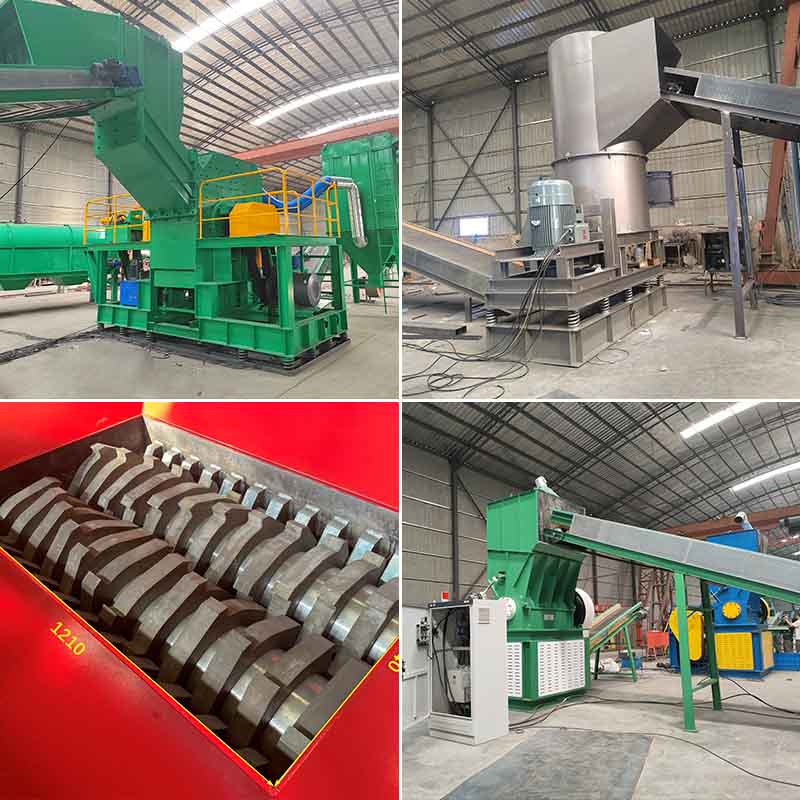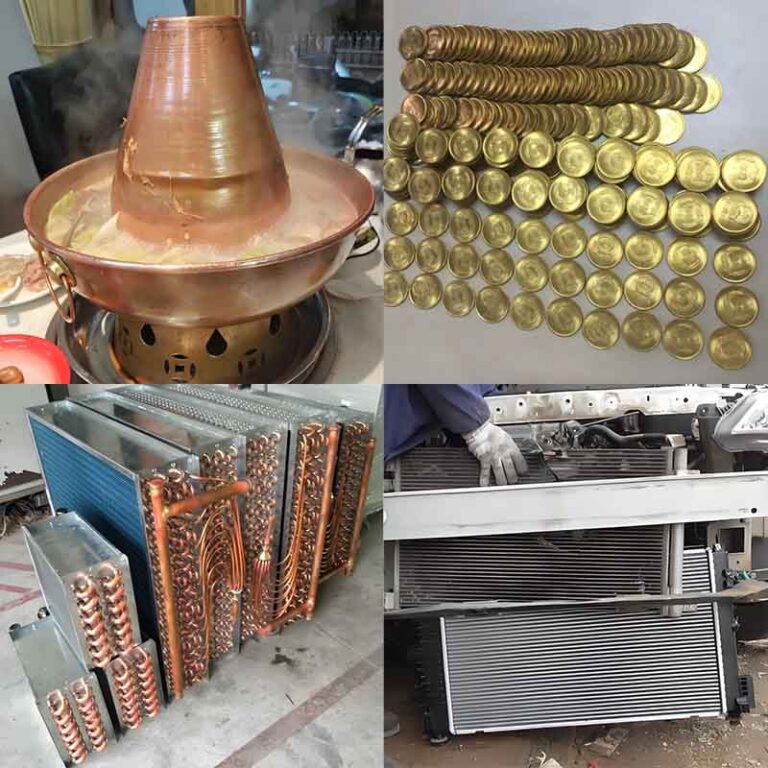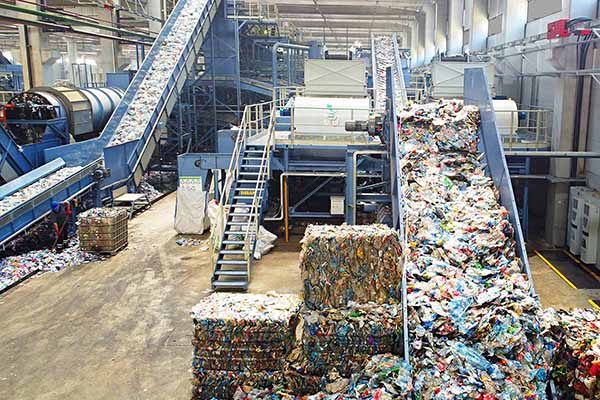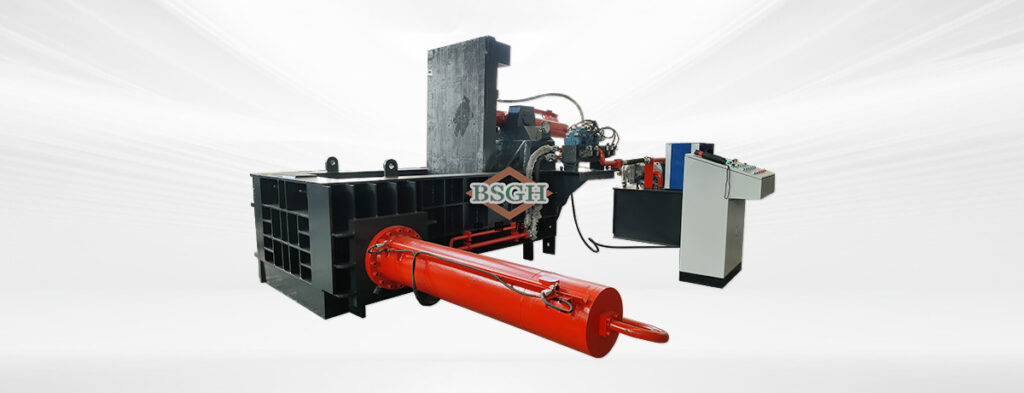I. Introduction
Industrial shredders are a vital tool in many industries today. Whether you’re cutting down bulky waste, recycling materials, or destroying products for security reasons, the right shredder doesn’t just get the job done — it makes the job easier. With the proper machine, you can process tough materials smoothly, reduce manual handling, and keep your workflow steady and stress-free.
From manufacturing to recycling, choosing the right shredder means less downtime, fewer headaches, and a machine that works with you — not against you.
However, industrial shredders also include single-shaft shredders, double-shaft shredders, four-axis shredders, hammer mill shredders and many other types. Do you know what their characteristics are? With various types available, how do you choose the one that best fits your needs?
Making the correct selection isn’t just about getting the job done; it’s about optimizing production efficiency, minimizing operational costs, and ensuring a smooth, reliable workflow.
In this article, we will introduce you to the specific features and advantages of each type of industrial shredder, and the raw materials they are more suitable for.
II. What are the Types of Industrial Shredders?
Industrial shredders are generally classified into five main types: single-shaft shredders, double-shaft shredders, four-shaft shredders, hammer mill shredders, and vertical shaft shredders.
Understanding the core differences between these types is essential. Each design is engineered for specific materials, processing goals, and output requirements. Choosing the right shredder ensures better performance, easier operation, and greater reliability in your production or recycling
Single-Shaft Shredder
How it Works: A single-shaft shredder features one rotor equipped with multiple rotary cutting blades. Material is fed into the crushing chamber, and a hydraulic or pneumatic ram pushes it horizontally against this rotating shaft. The material is shredded as it passes between the rotor blades and fixed blades, normally this kinds is fit for crushing scrap pvc materials.


There is also a reinforced version of the single-shaft type shredder, upgraded specifically to handle tougher materials such as armored cables and scrap wires, ACSR cables. With enhanced torque, stronger cutting components, and a more robust structure, these machines are designed to process metal-containing waste that standard single-shaft shredders can’t handle efficiently.
Key Advantages: These units are known for their small footprint, making them ideal for facilities with limited space. They also tend to have lower energy consumption compared to more aggressive shredders, which can translate to significant cost savings.
Double-Shaft Shredder
How it Works: Imagine two robust, counter-rotating shafts equipped with sharp, intermeshing cutting blades. As material is fed into the chamber (usually from the top), these shafts grab, pull, shear, and tear it apart with high torque. The width of these cutting discs generally determines the size of the output material.
Double-shaft shredders are widely used across many industries. Known for their strong torque and ability to handle bulky or tough materials, these machines are commonly found in applications such as household waste processing, electronic scrap recycling, tire shredding, and metal reduction. Their versatility and durability make them a popular choice for both municipal and industrial operations.
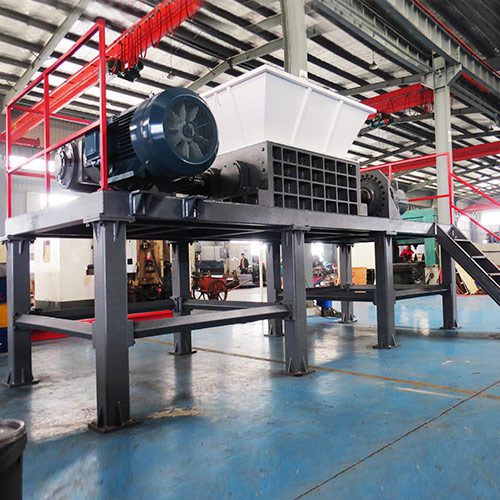

Key Advantages: Their primary strength lies in their strong crushing ability and incredibly wide application range. They can handle a diverse array of materials, including bulky and somewhat resilient items.
Four-Shaft Shredder (Quad-Shaft Shredder)
How it Works: This design builds upon the double-shaft concept by incorporating two primary shredding shafts and two secondary sizing shafts, all working in conjunction with a sizing screen. Material is first broken down by the primary shafts and then further reduced and sized by the secondary shafts and screen.
Key Advantages: The standout benefit is the ability to precisely control the final product size. This makes them excellent for applications where a uniform output is critical.
Hammer Mill Shredder
How it Works: Hammer mill shredder uses multiple high-speed rotating hammers to efficiently break down raw materials. The material is fed into a chamber where it is repeatedly struck by swinging hammers and shattered against breaker plates or the inner walls. Once the particles are small enough, they pass through a screen or grate at the bottom and exit the system.


Applications:
Hammer mill shredders are ideal for processing ferrous and mixed metal scrap, such as:
- Car shells and auto shredder residue (ASR)
- White goods (e.g., washing machines, refrigerators)
- Sheet metal, tinplate, and light gauge steel
- Baled scrap metal
- Metal drums and appliances
- Scrap motors
This type of shredder is widely used in large-scale metal recycling facilities where high throughput and aggressive size reduction are needed.
Key Advantages: Hammer mills boast a large crushing ratio and high production efficiency. A unique benefit is their ability to remove stains, rust, and other impurities through the abrasive action, effectively cleaning the material as it’s processed.
Vertical Shredder
How it Works: Vertical shaft shredder does not use any cutting tools, it achieves the purpose of size reduction through the collision between the material and the chain crushing chamber wall, or between the raw materials. After the material enters the crushing chamber, the high-speed rotating rotor will use the strong centrifugal force to accelerate its outward movement, collide with the hard crushing chamber wall, or collide with each other, and reduce the volume through the continuous high-intensity impact, collision, and friction.


Applications:
The vertical shaft shredder is ideal for processing complex and heterogeneous waste materials. It is especially suitable for:
Scrapped household appliances: refrigerators, washing machines, microwaves
Electronic and electrical waste (WEEE): circuit boards, LCD screens, small devices
Automotive components: engine blocks, exhaust systems, small metal parts
Industrial slag and smelting residues
Composite materials:
Metal-plastic combinations
Ferrous and non-ferrous mixtures (e.g., iron and aluminum)
Aluminum-plastic laminates
Wood-glass-metal composites
Metal scrap:
Aluminum shavings and chips
Titanium turnings
Compacted scrap bales and UBCs (used beverage cans)
Key Advantages: Vertical Shredder has a large crushing ratio and is particularly suitable for medium and high hardness materials. It has no cutting tools, so there is no need to replace wearing parts such as blades, which reduces downtime and maintenance costs.
III. How to Choose the Most Suitable Type of Shredder?
After the above discussion, we have mainly understood the working principles of various shredders and their main advantages. So, how do we choose the type that suits us? This mainly depends on your raw materials. Each material has a different suitable shredder type. Next, we will give examples of several of the most common scraps in scrap yards and tell you which shredder they are more suitable for.
1. Cable
Cable is a very common and valuable copper scrap. We usually use cable granulator machine:to effectively recycle it. Of course, you can use a single-shaft cable shredder or double-shaft shredder to pre-shred it to improve the subsequent recycling efficiency, protect the main crusher blades, and extend the service life of the cable granulator.
Multifunctional double-shaft shredder can pre-process scrap cables into 5-25cm long strips for subsequent recycling. Our machine has the characteristics of low speed, high torque, and low noise. They can not only process scrap cables, but also have a good shredding effect on materials such as automobile engines, tires, and home appliances. Therefore, if you have a variety of materials to process in addition to cables, then double-shaft shredder will be your ideal shredder.
Single-shaft cable shredder is specially designed by BSGH Granulator for scrap wires. It can process scrap wires into smaller sizes of 6-15cm, and is very efficient, with a maximum processing capacity of 5T/H. Its unique square blade can hook the cables and crush them, effectively avoiding excessive material in the crushing chamber and causing the machine to jam. In addition, we use the most advanced hydraulic-assisted pushing technology to push the material from top to bottom to avoid empty pushing problems. If you are focusing on the recycling of scrap cables and have a great amount of scrap wires, then investing in a single-shaft cable shredder will be the wisest choice.
2. Radiator
Radiators are a very common type of copper and aluminum scrap, usually made of copper tubes and aluminum foil. Shredding radiators into a copper and aluminum mixture, combined with a subsequent high-precision separation system, can effectively recycle copper and aluminum, two high-value metals, to maximize your profits. For radiators, we recommend using a double-shaft shredder.
Double-Shaft Shredder
The double-shaft shredder is a highly efficient solution for processing radiators, thanks to its unique dual-rotor design and powerful shearing and tearing action. Equipped with two counter-rotating shafts and densely arranged, high-strength alloy blades, the shredder firmly grips the radiator material and draws it into the cutting zone. There, it is efficiently shredded through a combination of shearing, tearing, and squeezing forces, ensuring effective and reliable size reduction.
3. Plastic, wood, rubber, and other materials with low hardness
These items have low hardness, so the requirement for shredder’s crushing ability is relatively low. We recommend that you use a single-shaft plastic shredder to save space and reduce operating costs.
Single-Shaft Plastic Shredder
BSGH Granulator single-shaft plastic shredder efficiently processes plastic, wood, electronic waste, and other materials through the combination of the main shaft and hydraulic pusher system. Our machine has the characteristics of low power consumption, high efficiency, high durability, and is very simple and convenient to operate and maintain.
4. Scrap Car
Auto recycling yards typically handle large volumes of scrap vehicles. The car bodies contain significant amounts of valuable metals such as aluminum and steel, and efficiently recovering these materials can generate substantial profit. For processing car shells, we recommend two types of shredders: the double-shaft shredder and the hammer mill shredder.
Double-shaft shredder
Since car shells are relatively large, we usually recommend using a large double-shaft shredder to process them.
Hammer mill car shredder
Our heavy-duty hammer mill shredder features a large crushing chamber and high processing capacity, making it ideal for shredding brittle materials, including car shells. Designed for ease of operation, the machine supports forklift feeding and maintains stable performance even under continuous, high-intensity use. The high-speed rotating hammers not only break down the material efficiently but also help remove paint and rust from the vehicle shells through repeated impact and abrasion.
5. Home Appliances
For refrigerators, washing machines, air conditioners, televisions, computers and other home appliances, we also have two main shredder machines to efficiently shred.
Double-shaft shredder
Our useful double-shaft shredder can easily reduce the size of some small appliances by squeezing and crushing.
Vertical shredder
Vertical shredder excels in shredding household appliances with its unique design and powerful performance. Its vertical feeding and high-speed rotating structure can quickly suck complete household appliances such as televisions, refrigerators, washing machines, etc. into the shredding chamber, and use the high-speed rotating rotor and hard shredding chamber wall to instantly shred metal casings, plastic parts and circuit boards. Our equipment has a large crushing ratio and can shred household appliances into fine and uniform particles for subsequent sorting and recycling. At the same time, you can control the size of the final product by replacing the screens of different sizes.
The materials mentioned above are just a few of the common types found in scrap yards. In reality, each shredder type has a much wider range of applications. If you’re unsure which type of shredder is best suited for your specific material, feel free to contact us. Our team will provide professional recommendations based on your actual needs.
IV. Conclusion
Choosing the right industrial shredder is a critical decision that directly impacts your operational efficiency, cost-effectiveness, and final product quality. Each type of shredder has a different application range. For example, a single-shaft shredder is more suitable for light materials, a hammer mill shredder is good for crushing large and brittle materials, and a double-shaft shredder has a wider range of applications. The specific machine you choose depends on the raw materials you need to crush. Contact us and send us pictures of your raw materials, and we will give you the most professional shredder types recommendation.

